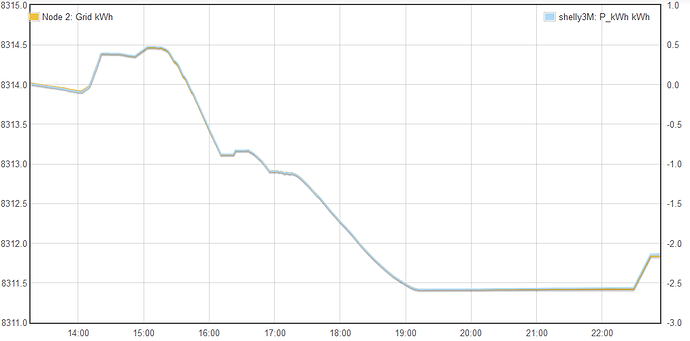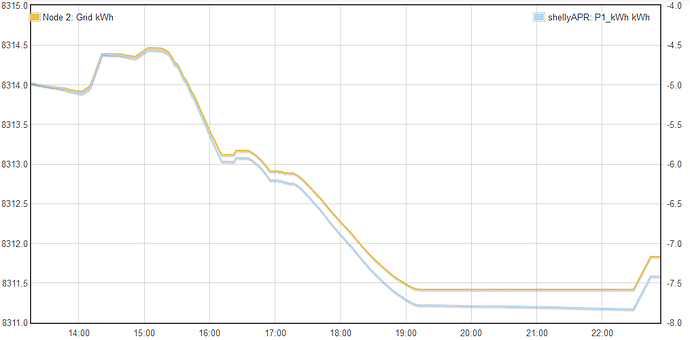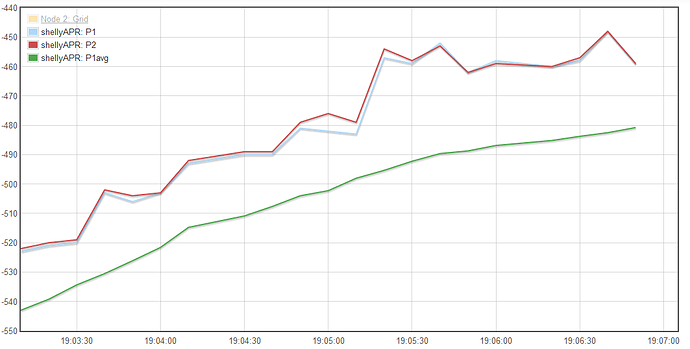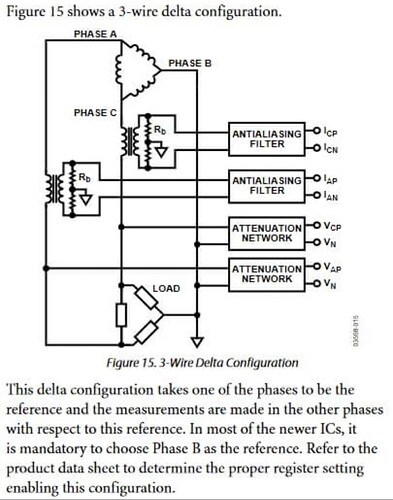Hi i’ve managed to reverse engineer the shelly EM energy monitor, it includes a ESP8266 with 4MB flash and easy access to firmware uploading.
The energy sensing is done by a dedicated I2C ADE7953 chip that and can measure 1 voltage source and 2 current channels with power flow direction.
There’s also a I2C RTC clock, a relay, a LED and a Button. The package is incredible small.
The original shelly firmware is great, lots of flexibility with REST API and MQTT, and cloud stuff, but it was missing native emoncms support, and that is simply not acceptable… right?
I’ve created a simple sketch and uploaded to my github repo with all the hardware covered and working.
I also have the shelly 3EM which will go next on the bench. This one is more expensive but is very flexible as it can measure up to 3 different voltage sources and 4 current sources. The case is also very small and can be easily mounted on DIN-rail.





